Breaking a tooth as an adult is more common than you may think. Dr. Hamilton explains what to do when this happens
Disclaimer = The information below is based on the assumption that there is no major injury to head/neck/spine and that the injury is contained to the tooth/oral area only. If you have been involved in an accident involving the head/neck, you should be examined by a medical professional.
Dr. Hamilton, is it common to see patients with broken teeth?
We commonly see teeth fractures, from a variety of incidents. Accidental fracture of teeth may occur due to an impact or collision, or simply from biting on a hard object. Teeth often break if they have been previously heavily restored and contain a large amount of filling material. However virgin teeth may break as well. There is no limit to the scope for which a fracture may happen.
Our goal is to eliminate pain, restore the teeth, and eliminate any future complications.
What do we do when a patient comes in with a broken tooth?
The first thing to do is to take a radiographic image, and do an examination of the oral cavity. We want to check the tooth itself and supporting structures, to determine if there is any other trauma. Bone, gums, or periodontal ligaments may also be damaged in an accident, even if the tooth itself is not injured. If we have ruled out that the damage is isolated to the tooth then we will examine it further.
If the tooth is not broken, we will use tests to determine if the nerve inside the tooth and other structures are responding within the normal limit or not. These tests may include a percussion test (to assess the ligaments and supporting structures), a tooth sleuth (to determine if there are any cracks/fractures), or a cold test (to determine the health of the nerve).
If everything checks out okay, we will schedule follow up appointments to repeat these tests to ensure the tooth is healing normally.
Dr. Hamilton completing a tooth repair treatment
Dealing with Nerves
If the tooth is visibly broken however, we need to assess the proximity of the fracture to the nerve within the tooth:
Broken, but far from the nerve
If the tooth is fractured, testing normally, and the x-ray indicates the fracture is far from the nerve, then in most cases we can repair the damaged tooth with a simple filling. However, if the structure of the tooth is compromised, it may require a crown or veneer to restore complete functionality or to improve esthetics.
Broken, but close to the nerve
If the tooth is broken but the x-ray is close to the nerve, most often times we will try and repair it with a filling. However, we will place a medicament under the filling, close to the nerve area, to try and promote healing from within the nerve. If over time and with follow up appointments things are asymptomatic and show signs of healing the tooth may be left with the filling, or may require a crown or veneer as previously mentioned. If the tooth becomes symptomatic, or the nerve dies, it may require a root canal or extraction.
Broken, with nerve exposure
If the tooth is broken and the nerve exposed, or a injured tooth fails to heal, we have to treat the nerve. Once exposed (unless in a controlled setting) the nerve has to be removed in some fashion in order to prevent future necrosis and infection. This is done in one of two ways:
Root canal treatment- This involves removing the nerve from within the tooth, cleaning it, and sealing it back up. After this if all heals appropriately, it can be restored with a filling or crown to restore esthetics and function.
Extraction- Removal of the entire tooth. This may be surgical or uncomplicated, depending on the severity of the fracture, or based on the complex nature of the tooth’s anatomy.
No nerve exposure, but tooth cracked
In some instances, an injured tooth may be cracked or split. There may or may not be any pain associated with a cracked tooth. If there is a vertical fracture below (or at) the level of the bone, then the tooth will need to be extracted. Cracks are not always easily identified, and often split more with time and use. This is another key reason why follow up appointments post injury are necessary.
Three Important Takeaways:
If you have experienced any neck/head/spinal injury please call 911.
Nerves - we are looking to understand if the nerve is exposed or not, and if there has been any nerve damage associated with the damage to the tooth.
When we deal with broken teeth we are looking to assess potential nerve damage and pick the best course of action to ensure that you don’t have any related issues moving forward. Sometimes this means a simple tooth repair, and other times this means a root canal or extraction.
Give our clinic a call on 306-931-0000 if you have a broken tooth or any questions relating to your oral health.

